75 F. high in the Twin Cities Saturday.
October 3, 2012: last time we saw a high temperature warmer than yesterday (78 F. at KMSP).
63 F. average high for April 27.
56 F. high on April 27, 2012.
5.14" precipitation so far this month in the cities.
2.33" average April precipitation, to date.
"High Amplitude"
Like a pack of cigarettes most 7-Day Outlooks
should come with a warning label. Or at least a Confidence Level.
Forecast accuracy drops off over time; from 88% for tomorrow to 60% by
Day 6.
Some patterns are more volatile than others.
When computer models disagree (wildly) confidence goes down and we
should share this uncertainty. Then again, slapping more numbers on a
page might make it even harder to remember the forecast.
My confidence level is high we'll see mid-70s
and evening thunder today, with a stalled storm pumping heavy rain into
town the latter half of the week. My confidence level is low trying to
predict if it will snow here on Thursday.
What a spring. The jet stream is bucking and
looping like a wild beast - more energy and high-speed dips &
bulges; ultimately pumping Gulf moisture northward. In the
meteorological blink of an eye we've gone from drought to flood in the
Mississippi Valley. Fargo expects a flood crest Wednesday; 2-3 feet
below 2009's record.
Enjoy today's warmth, evening thunder another signal the atmosphere is shifting gears.
A "cut-off" low stalls over the Plains, keeping us cool & wet Wednesday into next weekend.
It may even snow again.
The Tormented Spring of '13. Three plowable
snowfalls so far in April - will the cold, slushy fun extend into May?
There's a chance of accumulating snow, especially Thursday night of this
week, as temperatures hold in the 30s to near 40. ECMWF model data
shows nearly 3" of liquid precipitation between Wednesday and Sunday in
the Twin Cities.
Soak Up The Warmth. Spring lingers into Tuesday,
followed by another March-like relapse - right now Thursday looks like
the coldest day of the week, with the greatest potential for rain mixing
with or changing to wet snow.
Minnesota's Drought Continues To Ease. Some models
(mainly GFS) show some 1-3" amounts of liquid precipitation between
Tuesday night and Sunday as a storm stalls over the Plains, keeping a
firehose of Gulf moisture streaming northward into Minnesota and much of
the Upper Midwest.
Sloppy Holding Pattern. A surge of Canadian air
stalls over the Central Plains by midweek, a giant, spinning top of low
pressure near Kansas City; counterclockwise winds pumping a steady
stream of moisture up the Mississippi River Valley into Minnesota -
compounding flooding problems. ECMWF model map valid Thursday evening
courtesy of WSI.
Mental Health Alert. We're dealing in probabilities
and possibilities - snow later this week is still far from a sure thing.
Models suggest Thursday - Friday as the most likely time period for
rain to mix with wet snow. We'll see. Yeah, I'm just as bummed as you
are.
A Censor-Worthy Weather Map. The GFS prints out a
bulls-eye of plowable snowfall amounts by midday Thursday from western
Iowa into southeastern and east central Minnesota. I expect this axis to
shift back and forth, and hopefully shrink in the coming days, but in
the spirit of full disclosure, against my better instincts, I feel
compelled to share this nasty map with you (with apologies). Again, I'm
just the messenger.
Spring Snaps Back. The same GFS model shows 70s
returning by May 6 or 7, even some 80s during the second week of May.
The sun is too high in the sky for any slush-storms to linger for long.
Tracking The Rising Red River. Click here to see a live webcam from Fargo, courtesy of the City of Fargo. USGS has a webcam in the Grand Forks area
available here.
Watching The Red River Carefully. Flood Warnings are
posted for the Red River now, a Flood Watch for northwestern Minnesota
and northeastern North Dakota for rapidly melting snow and ice dams
causing sudden rises in streams and rivers. The NOAA forecast for Fargo
(upper right) shows a crest near 38 feet next Thursday, just 2 feet shy
of the all-time record set in 2009.
Latest Flood Conditions. NOAA has a
slick interface
that allows you to see, at a glance, which streams and rivers are near
or above flood stage - click on the individual marker and you get
details; a prediction of when the river will crest, and how high.
Effects Of Midwest Flooding Will Be Felt For Months.
NBC News
has a good overview of the problems, including a wild swing from not
enough water in the Mississippi River a couple months ago to severe
flooding in recent days; here's an excerpt: "...
To the north, a
damaged lock may keep a stretch of the Illinois River closed to
commercial shipping traffic for weeks, the U.S. Army Corps of Engineers
said. Flooding has halted the transport of corn and soybean barges at
certain terminals on the river, Reuters reports. The disruptions could
cause significant disruptions in the flow of grain and corn in the
second-highest soybean producing state. Reuters reports almost 60
percent of U.S. grain exports are transported on the Mississippi River
and its tributaries. Grain prices at export terminals at the Gulf of
Mexico climbed this week to the highest level in at least a month due
to the disruptions..."
Photo credit: Seth Perlman / AP. "
Steve Peters uses a
make shift bridge to access dry land in Peoria Heights, Ill. The
Illinois River crested at 29.35 feet, eclipsing a 70-year record in
Peoria."
Up To 375 Flood Gauges To Turn Off Because Of Fund Cuts. Doyle Rice from
USA Today has a head-shaking story, another victim of "The Sequester". Coming at a good time huh? Here's an excerpt: "
Just
in time for the spring flood season, the federal sequester is
threatening to shut off funding for hundreds of stream gauges used by
the U.S. Geological Survey to predict and monitor flood levels across
the country. "The USGS will discontinue operation of up to 375 stream
gauges nationwide due to budget cuts as a result of sequestration," the
USGS notes on its website. Additional stream gauges may be affected if
USGS partners at state and local agencies reduce their funding
support..."
Serious Hailer. Thanks to Lance West in Edmonds,
Oklahoma for sharing this photo of 1-2 FOOT drifts of hail Friday
evening - amazing image courtesy of WeatherNation TV.
NOAA's National Weather Service Completes Doppler Radar Upgrades.
New "dual-pol" Doppler upgrades do a better job calculating
precipitation types and rainfall and snowfall amounts - so sensitive
they can even detect the debris signature from a tornado on the ground.
More details from
NOAA: "
This week, the National Weather Service
completed the dual-polarization technology update in Brownsville,
Texas – concluding the 122 NWS radar site upgrades throughout the
country. This new advanced technology is helping federal weather
forecasters more accurately track, assess and warn the public of
approaching high-impact weather. Dual-polarization
is the most significant enhancement made to the nation’s federal
weather radar system since Doppler technology was first installed in
the early 1990s. Dual-pol radar sends and receives both horizontal and
vertical pulses, which produces a much more informative picture of the
size and shape of the objects in the sky. This provides
meteorologists the ability to distinguish between rain, snow, hail and
non-weather items like wildfire smoke plumes, birds and insects.
Conventional Doppler radar only has a one-dimensional view making it
difficult to tell the type of precipitation or object in the sky..."
In Pictures: Top 10 Greenest Buildings In the U.S. Here's a clip from an interesting story at
gizmag.com: "
The
American Institute of Architects announced its top ten green buildings
in the US for 2013 on Monday (Earth Day, uncoincidentally). It's a
diverse list, containing a cheese factory, senior citizens' apartments,
school buildings, and a smattering of LEED certificates. There's only
one net zero building on the list, though it's worth remembering that
it's much easier to build a net zero home than it is a net zero office
or factory. Step inside for a short profile of each of the buildings,
or head straight to the gallery for the architectural eye candy..."
Photo credit: "
A New Norris House: perhaps the most modest building in the AIA's top ten " (Photo: Ken McCown).
Least Stressful States In The USA? Minnesota didn't
make the Top 10 Stressful states, and it didn't make the Bottom 10 (most
stressful states). Want less stress? Move to Iowa. Hawaii I get, but
Iowa? Here's an excerpt from an article at
gallup.com:
WASHINGTON, D.C. -- Hawaii residents remained the least likely in the
U.S. to say they felt stressed on any given day in 2012, at 32.1%.
West Virginia residents, on average, were the most likely to report
feeling stress, at 47.1%.

 Feeling Feverish
Feeling Feverish.
It seemed everyone was outside yesterday - finally. Cleaning, raking,
biking, walking, admiring a phenomenal day of perfect weather, without
the humidity, bugs (or allergies). Saturday highs ranged from 70 at
Alexandria to 74 St. Cloud, 75 Twin Cities and 76 Redwood Falls.
TODAY: Warm sun, evening T-showers possible. Winds: SW 15+. High: 76
SUNDAY NIGHT: A few showers, possible T-showers. Low: 50
MONDAY: Partly sunny & pleasant; a few degrees cooler. High: 70
TUESDAY: Still balmy, T-showers up north. Wake-up: 53. High: 75
WEDNESDAY: Periods of rain, much cooler. Wake-up: 45. High: 48
THURSDAY: Rain may mix with wet snow. Ugh. Wake-up: 37. High: 41
FRIDAY: Rainy mix. Bright green lawns. Wake-up: 34. High: 44
SATURDAY: Wet start. Skies may brighten PM hours. Wake-up: 35. High: 46
Climate Stories...
The Oddly Tepid Political Fight Over Global Warming. Here's an excerpt from a story at The Atlantic Wire: "
Yesterday
afternoon, a panel of experts was convened by a House subcommittee to
discuss taking action on climate change. Earlier, the heavy machinery
that was once Barack Obama's campaign team, Organizing For America,
began a new push to hold politicians to task for having not yet done
anything on the issue. The odds are good that you didn't know that
either of these things happened. The urgency with which scientists and
the environmental community looks at global warming has still not been
translated to Capitol Hill — or to the rest of America. The House
hearing, led by Republican Rep. Chris Stewart of Utah, was never likely
to create a massive shift in the politics of the climate. Stewart has
long denied a strong human role in warming, writing an opinion piece for the Salt Lake Tribune earlier this month in which he claims that "the science regarding climate change is anything but settled." (Scientists disagree.) Stewart's essay did have one positive outcome: the Tribune was also the only media outlet to cover yesterday's hearing..."
Image above: AP.
On Climate, GOP Turns From Concern To Denial. Here's a clip from an Op-Ed at
The Houston Chronicle: "...
How
did the conservative movement travel so far, so fast? How did a party
that prided itself on reason become a hotbed of scientific denial? The
transformation has paralyzed U.S. policymaking and squandered decades
that could have been spent weaning the world from fossil fuels.
Twenty-three years after Thatcher urged action, the United States has no
policy on climate change, even as its effects are evident and the
window for action is closing. In 1997, "There was no difference between
the way Democrats and Republicans across America viewed the issue," said Ed Maibach, executive director of George Mason University's Center for Climate Change Communication,
a research center. Two out of three Democrats and two out of three
Republicans believed that climate change was both real and serious.
"Somewhere along the way, conservatism became, 'I've got a God-given
right to drive my SUV wherever I want to go, and we'll send somebody
else's kids to the Middle East to fight for it," said former South
Carolina Rep. Bob Inglis, a Republican who lost his 2010 primary election over global warming and now runs the Energy and Enterprise Initiative, where he is pushing for a price on carbon pollution..."
The Drought-Stricken Midwest's Floods: Is This What Climate Change Looks Like? Here'san excerpt from a story at
The Atlantic Wire: "...
In other words, a warmer atmosphere from climate change likely yields greater extremes in weather. This syncs with the draft report issued
by the government's National Climate Assessment Development Advisory
Committee last year. That report predicted the following for the
Midwest: "longer growing seasons and rising carbon dioxide levels will
increase yields of some crops, though those benefits will be
increasingly offset by the occurrence of extreme events such as heat
waves, droughts, and floods." That prediction was meant to be borne out
over the next several decades. What it predicted, though, has already
been seen over the course of six months..." (photo: AP).
As CO2 Concentrations Near Ominous Benchmark, Daily Updates Begin.
Scientific American has the story - here's an excerpt: "...
Scientist
Ralph Keeling wants this generation to remember when atmospheric
concentrations of carbon dioxide reached 400 parts per million, because
of humans. "I hope that many people out there in the decades to come
will say, 'Gosh, I will remember when it crossed 400,'" he said. That's
why Keeling and his employer, the Scripps Institution of Oceanography at the University of California, San Diego, have launched a website that will provide daily updates on atmospheric CO2 concentrations, measured at Hawaii's Mauna Loa Observatory..."
Graphic credit above: 398.36 ppm. The very latest CO2 concentrations can be found at
The Keeling Curve web site, operated by Scripps Institution of Oceanography.
CO2 On Trial: If Things Had Worked Out Better.
Here's an excerpt of an important article, an explanation of how climate
science has been turned into a perverse mock "trial". Michael Tobis
argues that we need to grow up, and recognize our limits in this story
at
medium.com: "...
The
fact is that we are entering an age of new and unprecedented limits.
We can still have a happy future, human achievement and human dignity
can continue its broad historical progress, and we can still have a lot
of fun. But we have to recognize new limitations. The emergence of
limits is unfortunate. It's costly. It's ill-timed. But preserving a
stable environment is an ethical responsibility like none that has
preceded it. We need people to understand not only that CO2 is a global
problem, but that it's just the first in a series, as we make the
transition from an open frontier world to spaceship earth. As a brand
of soap, this is a hard sell. We have to sell the idea of a widespread
set of changes in behavior, a new set of ethical constraints, and a
substantial increase in the complexity and scale of governance. There
are serious risks and costs involved, but avoiding this responsibility
will yield something much worse..."
Global Warming Accelerated Last 15 Years. Here's an excerpt from Doug Craig's terrific
Climate of Change blog at Redding.com: "...
And
a new study of ocean warming published last month in Geophysical
Research Letters by Balmaseda, Trenberth, and Källén reached several
conclusions:
• Completely contrary to the popular contrarian myth, global
warming has accelerated, with more overall global warming in the past
15 years than the prior 15 years. This is because about 90% of overall
global warming goes into heating the oceans, and the oceans have been
warming dramatically.
• As suspected, much of the 'missing heat' Kevin Trenberth
previously talked about has been found in the deep oceans. Consistent
with the results of Nuccitelli et al. (2012), this study finds that 30%
of the ocean warming over the past decade has occurred in the deeper
oceans below 700 meters, which they note is unprecedented over at least
the past half century..."
Obama Campaign Launches Campaign To Shame Climate Skeptics In Congress. Here's the intro from a story at
The Guardian: "
The campaign group formed to support Barack Obama's political agenda has launched an initiative to shame members of Congress who deny the science behind climate change.
In an email to supporters on Thursday, Organizing for Action said it
was time to call out members of Congress who deny the existence of
climate change, saying they had blocked efforts to avoid its most
catastrophic consequences. The email linked to a video
mocking Republicans who reject the science on climate change. "Right
now, way too many lawmakers in Washington flat-out refuse to face the
facts when it comes to climate change," Jon Carson, executive director
of Organizing for Action wrote in the email. "We're never going to make
real progress on this issue unless members of Congress get serious..."
Photo credit above: "
The campaign suggests climate change has emerged as a serious issue for Obama to pursue in his second term." Photograph: Gideon Mendel/Corbis.



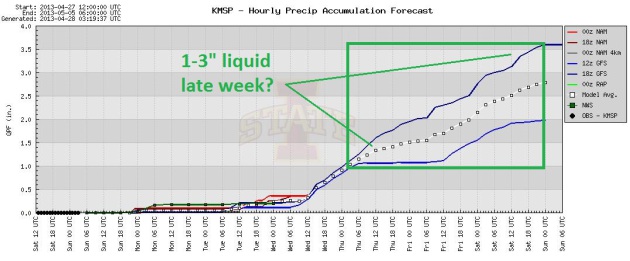
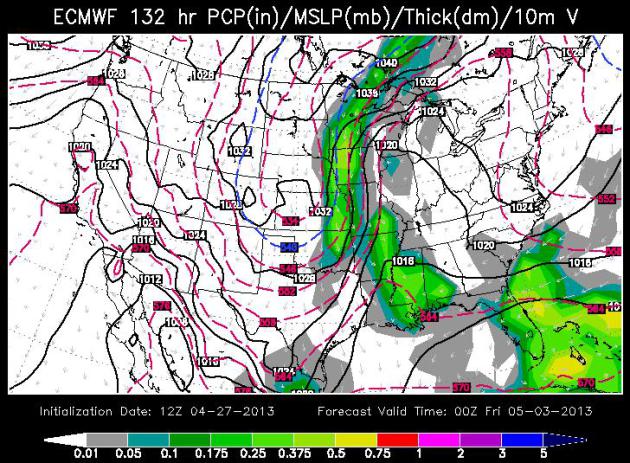

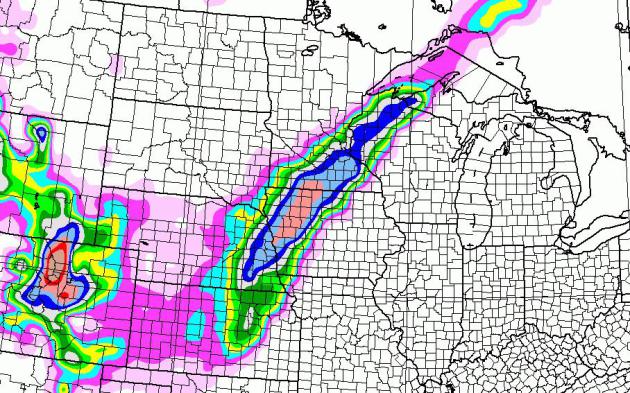




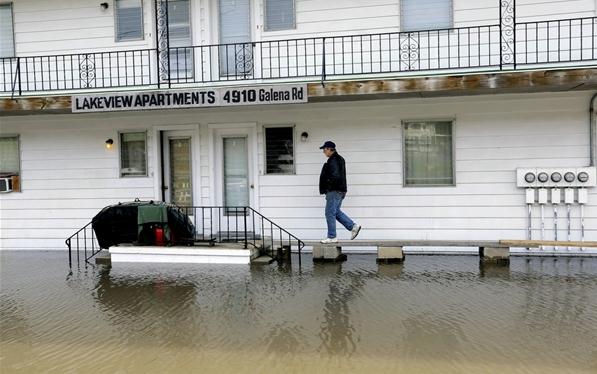
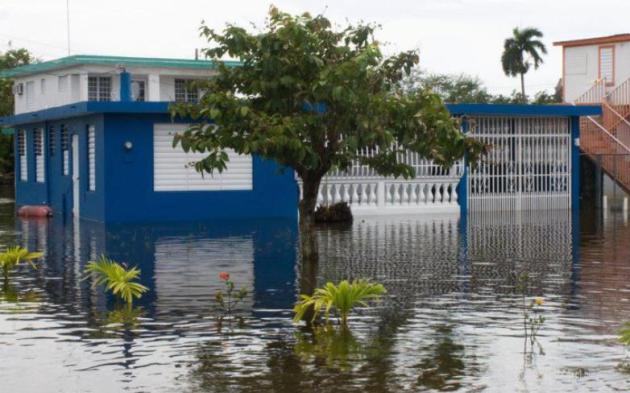

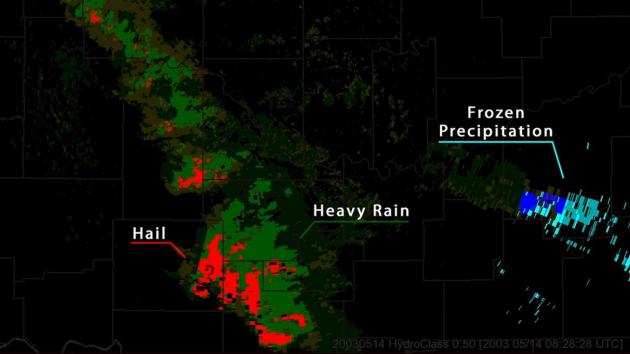
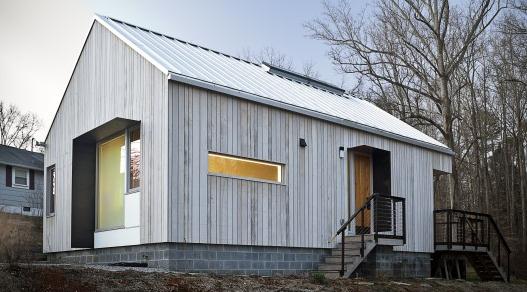
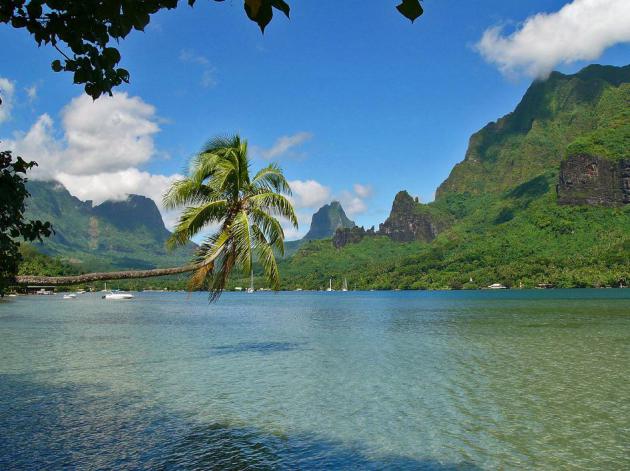








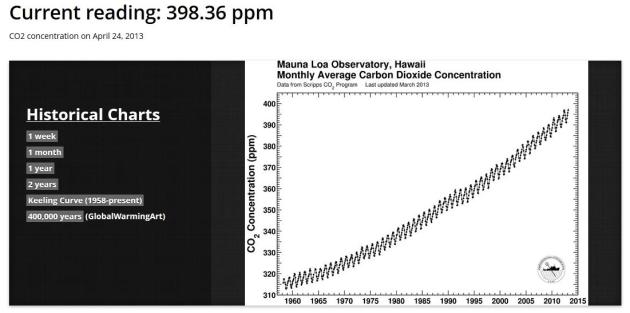

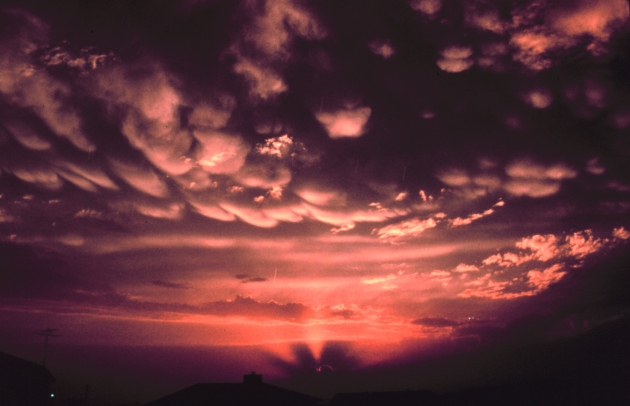
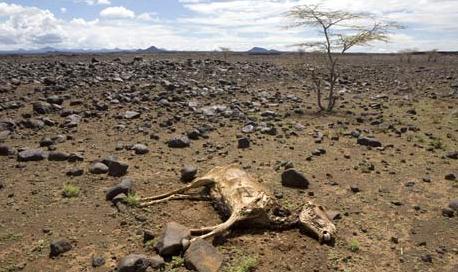
No comments:
Post a Comment